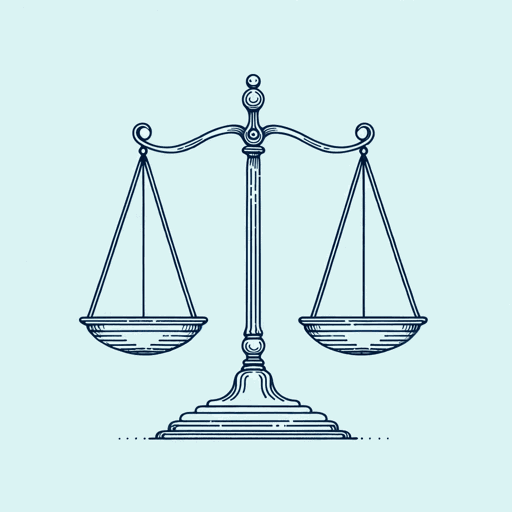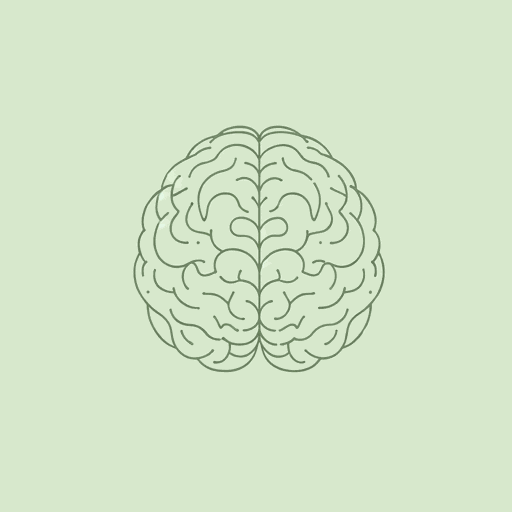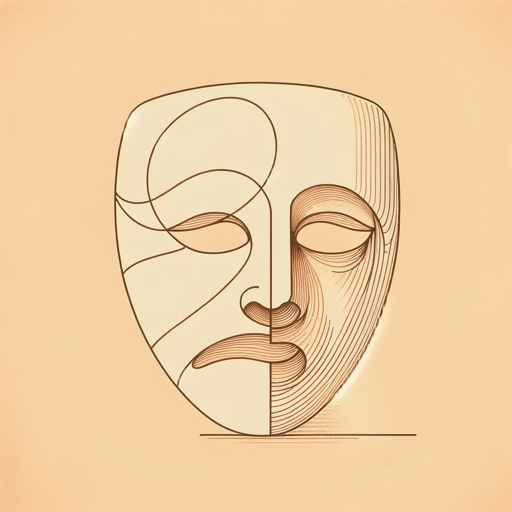56 pages • 1 hour read
AristotleMetaphysics
Nonfiction | Book | Adult | BCEA modern alternative to SparkNotes and CliffsNotes, SuperSummary offers high-quality Study Guides with detailed chapter summaries and analysis of major themes, characters, and more.
Books 8-10Chapter Summaries & Analyses
Book 8 Summary: “Eta”
Book Eta is an exploration of the nature of substance and the complexities of metaphysical inquiry. The book continues the themes from Book Zeta, focusing on the concept of substance, which Aristotle divides into three broad categories: generally accepted substances (like fire, earth, water, air, plants, animals, and celestial bodies), substances proposed by specific philosophical schools (such as Forms and mathematicals), and substances in terms of potentiality and actuality.
In Eta 1, Aristotle offers a somewhat elliptical summary of previous discussions. He revisits the subject of matter as substance, acknowledging that matter, in a weaker sense, can be considered a substance. This recognition does not undermine his earlier conclusions in Zeta but adds a layer of complexity. Aristotle famously states, “Well, the what-it-was-to-be-that-thing is in any case a substance,” highlighting the importance of defining a thing’s essence or “what-it-was-to-be” (234).
Eta 2 drills more deeply into the relationship between matter and form, a key theme in Aristotle’s Metaphysics. He identifies form with the species differentia within a genus, suggesting that the form, or differentia, is the true substance. This distinction anticipates the potentiality-actuality distinction discussed in Book Theta. For example, Aristotle explains how a threshold and lintel, identical in material, differ only in their location, emphasizing the role of form in defining substance.
Related Titles
By Aristotle







